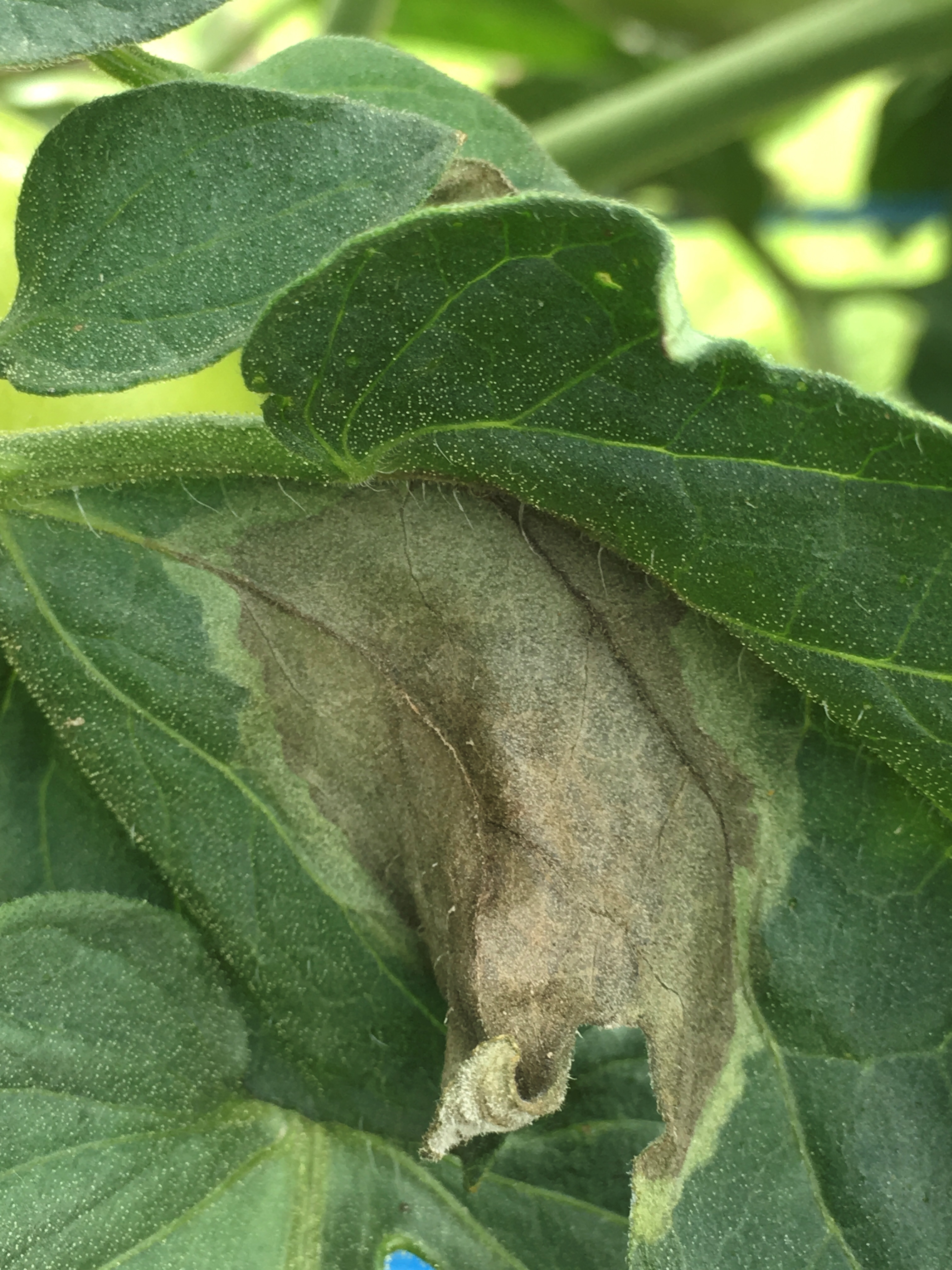

The typical fermentation one does to remove the gel sack does nothing to deter the fungus, says McGrath. McGrath told me that not only can early blight survive on the outside of the seed-which I figured-but on the inside as well, which I didn’t know. I do have a few tomato seeds that I save every year. However, the possibility of a seedborne pathogen prompted me to think about my own practices more. So if you (or your neighbor) bring in infected plants, it’s an easy genesis for the disease. “Your very first appearance of early blight on the farm is going to get there either from seed or if you buy plants you can bring it in from somebody else,” said McGrath. The spores are how the disease spreads, but not likely how it starts. McGrath says that the spores of early blight are not generally the issue in the spring-at least not at first. All photos courtesy of Meg McGrath/Cornell University. A tomato stem affected by early blight, showing the characteristic target-spotted appearance of concentric rings. Early blight thrives under these conditions, which may be part of-though notably not all of-why I have had issues with early blight on two different farms in the state. And unfortunately, the conditions early blight prefers read like a description of the average tomato planting season where I live here in Kentucky: frequent rainfall, high humidity, heavy dews, cool nights, with daytime temperatures between 60 to 80 degrees Fahrenheit. Why I’m so susceptible Most fungal diseases like early blight have a preferred set of conditions which they like. Though in many areas the conditions are best for its proliferation in the spring, thus the “early” part of its name. The name early blight, however, is a bit of a misnomer as this pathogen can happen any time during the growing season.

What early blight is Early blight is two different pathogenic fungi-Alternaria solani and Alternaria tomatophilia-that can affect tomatoes and potatoes. Meg McGrath, an Associate Professor of plant pathology at Cornell University to get information about how early blight works. So to hopefully avoid all that this year, I called up Dr. The amount of time I spent nurturing those tomatoes reduced their profitability considerably (along with my morale). I wore rubber gloves and sanitized my hands while harvesting. I picked off infected leaves the second I found them. Last year I found myself using some OMRI-certified copper fungicide. With the 2018 tomato season quickly approaching, I wanted to better understand the pathogen I was dealing with. Last year on my new farm, it tried to do the same. Two years ago this fungal pathogen destroyed nearly an entire quarter acre of main season tomatoes. Hands down, my number one enemy over the last two seasons has been early blight on my tomatoes.


 0 kommentar(er)
0 kommentar(er)
